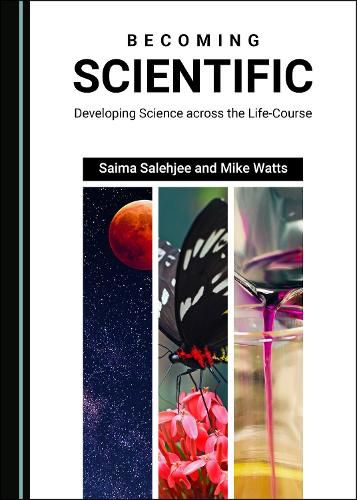Readings Newsletter
Become a Readings Member to make your shopping experience even easier.
Sign in or sign up for free!
You’re not far away from qualifying for FREE standard shipping within Australia
You’ve qualified for FREE standard shipping within Australia
The cart is loading…






What does it mean to be ‘sciencey’? Why do some people of all ages engage avidly with space and astronauts, birds and butterflies, chemicals and equations, while others detest and ‘hate’ the very ideas? This book develops in-depth analyses of the ‘science identities’ of very different people-young and old of diverse backgrounds-in order to explore their immersion in, and entanglement with, the processes of learning science. At the centre of the book lies a collection of their ‘science life’ stories, detailing their engagement with both formal education in schools and colleges, and informal science learning in the culture of everyday life. The text highlights how science educators, teachers, parents and science communicators more generally can foster and support the formation and transformation of people’s science identities, providing strategies to support the learning journey of children, adolescents and adults within a broad range of learning environments.
$9.00 standard shipping within Australia
FREE standard shipping within Australia for orders over $100.00
Express & International shipping calculated at checkout
What does it mean to be ‘sciencey’? Why do some people of all ages engage avidly with space and astronauts, birds and butterflies, chemicals and equations, while others detest and ‘hate’ the very ideas? This book develops in-depth analyses of the ‘science identities’ of very different people-young and old of diverse backgrounds-in order to explore their immersion in, and entanglement with, the processes of learning science. At the centre of the book lies a collection of their ‘science life’ stories, detailing their engagement with both formal education in schools and colleges, and informal science learning in the culture of everyday life. The text highlights how science educators, teachers, parents and science communicators more generally can foster and support the formation and transformation of people’s science identities, providing strategies to support the learning journey of children, adolescents and adults within a broad range of learning environments.